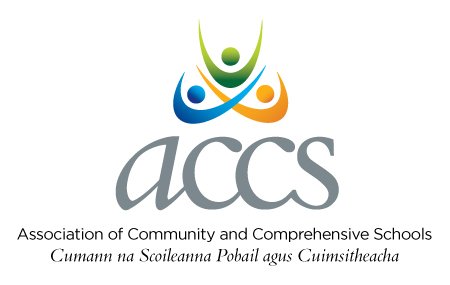Child Protection
Last updated: Wed, Feb 27th, 2019 2:17:09 pm
Child protection must be a priority for every school and must be at the core of all of its activities. Under the terms of the Children First Act 2015 all schools are legally required to ensure that they provide a safe environment for children.
Following consultations between the Department of Education and Skills, organisations representing school management, parents and teachers, the Department of Children and Youth Affairs and Túsla (the Child and Family Agency), new Child Protection Procedures for Primary and Post-Primary Schools 2017 have been developed and published.
These Child Protection Procedures oblige all schools to have a Child Safeguarding Statement in place and are required to ensure that this statement is reviewed annually. Guidelines on the development of such a statement are contained in Section 8.9 of the Child Protection Procedures for Primary and Post-Primary Schools 2017.
Section 8.13.4 of the Child Protection Procedures states:
"As part of its annual review of the Child Safeguarding Statement, the board of management must seek feedback from parents in relation to the school’s compliance with the child safeguarding requirements of these procedures. As part of the review, the views of pupils on the school’s safeguarding arrangements should also be sought by the board of management. This should be done in a manner appropriate to the age and maturity of the children concerned. Any areas for improvement identified as a result of feedback from parents and pupils should be addressed."
The Procedures also state that written notification that the review has taken place shall be provided to the Parents Association and to the school Patron.
To assist in meeting this requirement the Department has published the following templates:
The main statutory obligations of a Board of Management under the Children First Act, 2015 are to:
ensure, as far as practicable that children are safe from harm while availing of the school’s services ( i.e. while attending the school or while participating in school activities)
carry out an assessment of any potential for harm to children while they are attending the school or while they are participating in school activities (this is known as a risk assessment)
prepare and display a written Child Safeguarding Statement in accordance with the requirements of the Act
appoint a “relevant person” as the first point of contact in respect of the school’s Child Safeguarding Statement. Chapter 3 of these procedures requires that a Designated Liaison Person (DLP) shall be appointed in this role.
provide a copy of its Child Safeguarding Statement to members of school personnel and, where requested to parents, members of the public and to Túsla.
All school personnel are obliged to act appropriately in accordance with these procedures in the conduct of their professional activities and in responding to any complaint or suspicion of inappropriate behaviour which may come to their notice. In particular:
“If any member of school personnel, including a registered teacher, receives an allegation or has a suspicion that a child may have been abused or neglected, is being abused or neglected, or is at risk of abuse or neglect (as described in chapter 2 of these procedures) he or she shall, without delay, report the matter to the Designated Liaison Person in the school”
In such circumstances the DLP and school management are obliged to take action in accordance with the procedures set out in Chapter 5 of the Child Protection Procedures for Primary and Post-Primary Schools 2017.
It is the responsibility of the Board of Management and of the School Leadership to ensure that these procedures are implemented in full and to quality assure their effectiveness on a regular basis. Section 9 of the Child Protection Procedures for Primary and Post-Primary Schools 2017 sets out extensive guidelines which must be followed in order to meet this requirement.
In January 2019 the Department of Education and Skills announced the introduction of “Child Protection and Safeguarding Inspections (CPSI) in Primary and Post Primary Schools”. In addition a “Guide to Child Protection and Safeguarding Inspections” was issued to all schools. The new Inspections will begin in February 2019 by the Department’s Inspectorate.
These inspections focus in an in-depth way on school compliance with key aspects of the Child Protection Procedures for Primary and Post Primary Schools 2017. Please note:
It is important that school management is familiar with the requirements detailed in ‘A Guide to Child Protection and Safeguarding Inspections’
The Child Safeguarding Statement and associated Risk Assessment must be posted in a prominent public area in the school, for example beside reception. Both documents should also be posted on the school website.
In the event that a school is found not fully compliant during the initial CPSI Inspection, a second inspection will be held where the school will have the opportunity to address any outstanding issues. Both reports will be published at the same time on the Department of Education and Skills website.
The Department has also issued the following documentation to support schools meeting their child protection responsibilities:
Mandatory Templates
Schools must use the Child Safeguarding Statement and Risk Assessment templates. There are 4 templates:
Mandatory Template 1: Child Safeguarding Risk Assessment Template.
Mandatory Template 2: Child Safeguarding Statement Template.
Mandatory Template 3: Checklist for Review of the Child Safeguarding Statement.
Optional Templates and other supporting documents
The Department has developed a number of optional templates that Schools can choose to use:
In addition, the Department has also developed a number of supporting documents which schools may wish to refer to:

